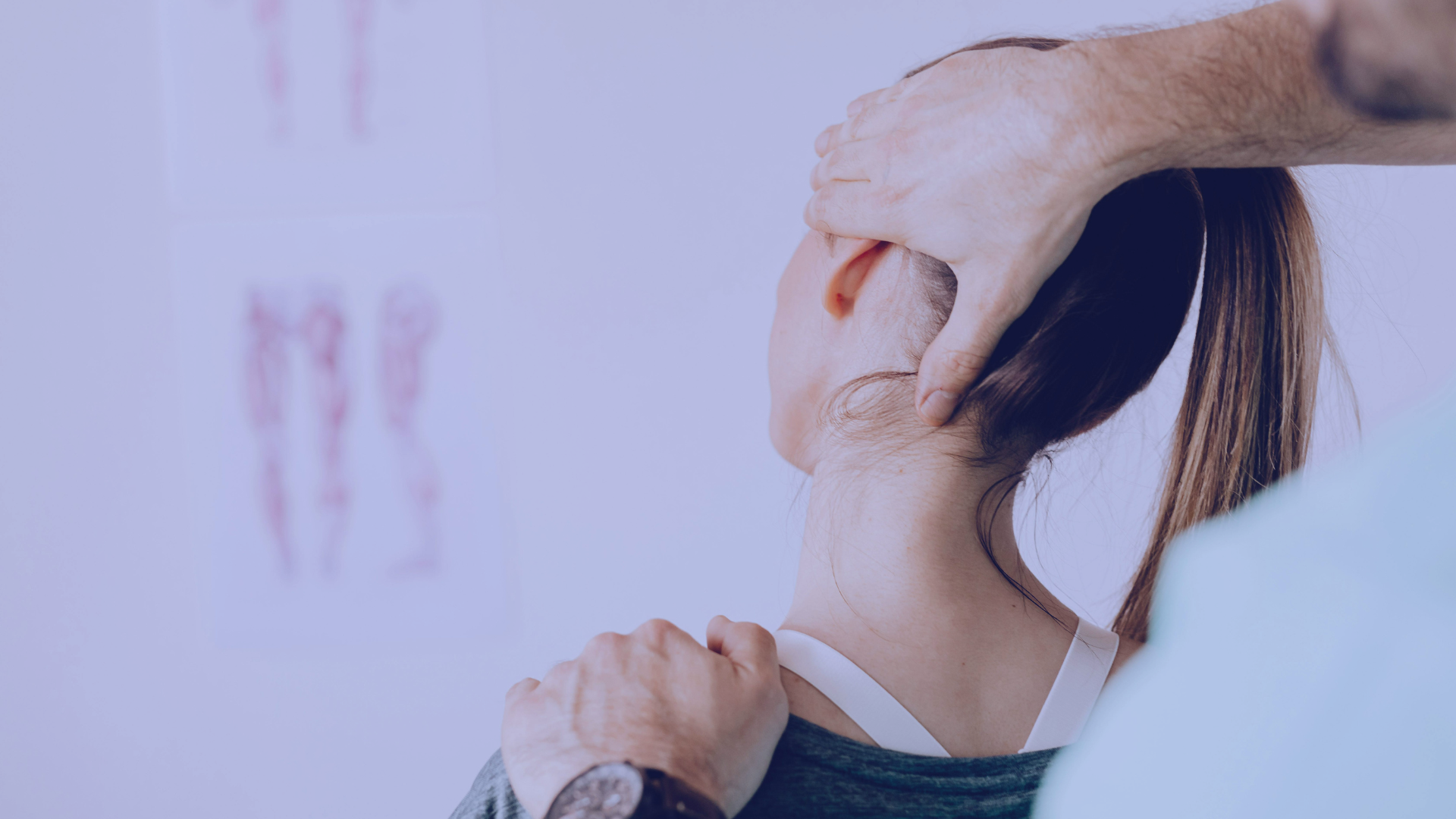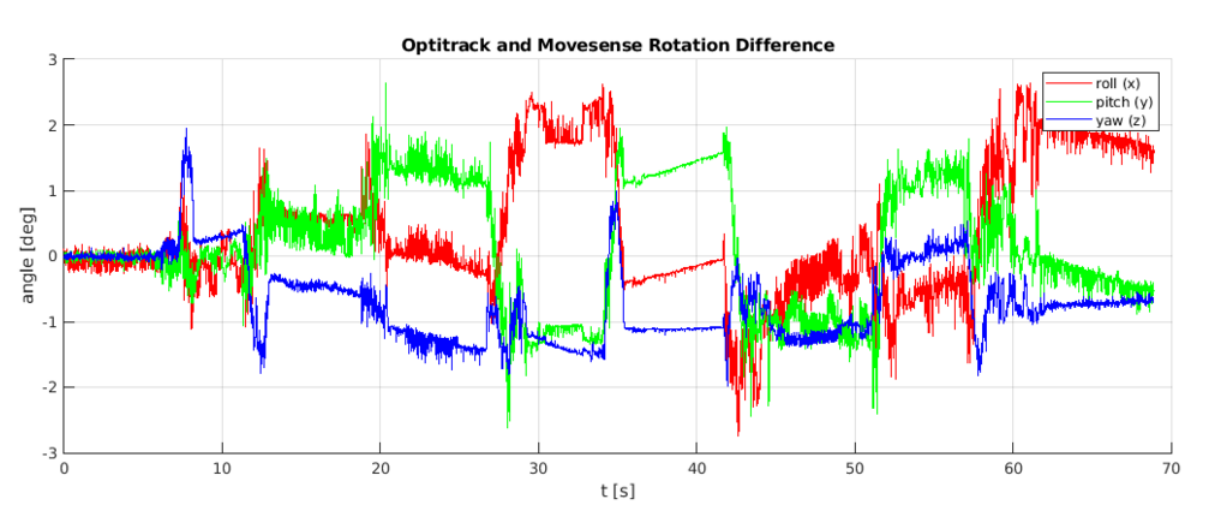Movesense sensor enable monitoring of involuntary muscle contractions in Cervical Dystonia – A Feasibility Study

This article, Pervasive Monitoring System for Cervical Dystonia: A Feasibility Study Using 9DOF Sensors, presents a novel approach for continuously monitoring involuntary muscle contractions, symptoms in cervical dystonia (CD), using wearable 9-degree-of-freedom (9DOF) sensors.
Introduction
Cervical dystonia is a neurological disorder that causes involuntary muscle contractions in the neck, leading to abnormal head movements and postures. Current clinical assessments are limited due to the sporadic nature of patient consultations and reliance on subjective reports, which lack the precision needed for optimal treatment management. This study explores the feasibility of using 9DOF sensors, in this case Movesense sensor, to capture detailed movement data continuously, allowing for more accurate symptom monitoring outside of clinical settings.
Methods and Procedures
The system includes a Movesense sensor (in this study the Movesense Active was used, but the medical variant, Movesense Medical, has the same performance), that is placed strategically on the patient’s body, particularly on the back of the head above the neck, Android mobile application and a cloud. The sensor communicates via Bluetooth with the custom Android app that logs and stores data in the cloud for immediate access by researchers or practitioners. Designed for ease of use and minimal intrusion, the system enables continuous, home-based monitoring of patients, providing a more detailed understanding of cervical dystonia symptoms and their progression over time.

Schematic overview of the system. Data is transferred from sensor to mobile app (via Bluetooth), next to the cloud, and finally to the practitioner.
A predefined movement protocol, designed to capture cervical dystonia-specific head movements, was followed by participants. This protocol included various head rotations, flexions, and tremors. To assess the system’s accuracy, data collected from the Movesense sensor was compared to that from a high-precision motion capture system called OptiTrack, which uses infrared cameras and reflective markers to track head movements.
Results
The study’s results demonstrate that the Movesense sensor is effective in capturing CD-specific movements, including head rotations and tremors. The comparison with the OptiTrack system showed that the Movesense sensor data was highly accurate, with measurement discrepancies remaining within a 3-degree range. This is a significant improvement over current clinical methods, which relies on visual assessments during brief patient visits.
Preliminary findings suggest that the system can effectively track the variability and progression of cervical dystonia symptoms, providing a more objective means of monitoring patients in real-world environments.

The difference between the reconstructed pitch, roll, and yaw angles obtained from the 9DOF Movesense sensors and the reference OptiTrack system.
Conclusions
The study’s findings highlight that Movesense sensor is indeed effective in monitoring dystonia-specific involuntary muscle contraction in the neck. The level of accuracy is a substantial improvement and suggests that the Movesense sensor could be a viable tool for practitioners in assessing and monitoring CD symptoms. However, challenges such as sensor drift over time need to be compensated to ensure the reliability of long-term data collection. Using multiple sensors on a single participant would even improve accuracy and help to compensate for any sensor drift. Additionally, future work could focus on refining the system’s capabilities for real-time data processing and the use of machine learning algorithms to classify movement patterns more effectively.
In conclusion, this study provides a promising approach to improving the monitoring and management of cervical dystonia. The integration of 9DOF sensors with mobile technology offers a potential solution for more accurate, continuous tracking of symptoms, paving the way for improved therapeutic interventions.
References:
Brecelj T, Biasizzo A, Filipović T, Laganis A, Leonardis L, Šuklje J, Petrič T, Blažica B. Pervasive Monitoring System for Cervical Dystonia: A Feasibility Study Using 9DOF. Intelligent Environments 2024: Combined Proceedings of Workshops and Demos & Videos Session, Volume 33. https://ebooks.iospress.nl/volumearticle/68069
